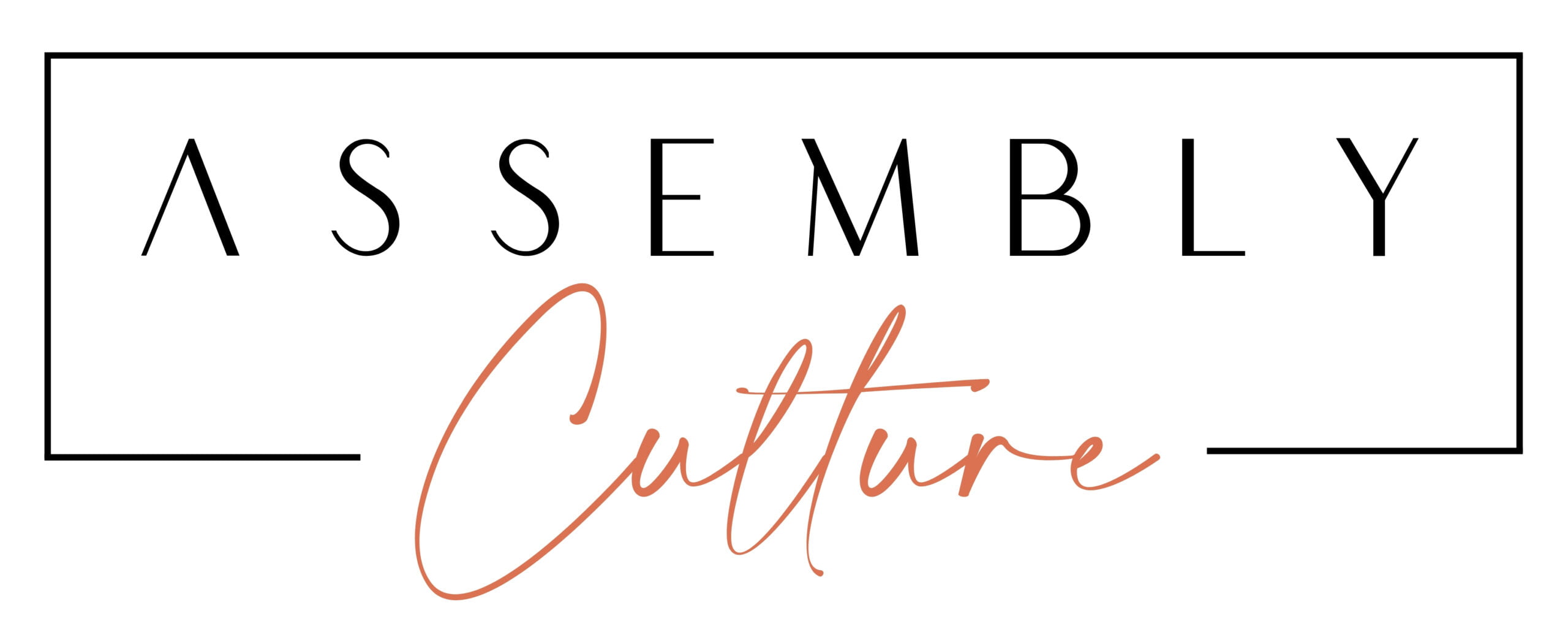“83% of organisations want to build a more people-centric culture”
– LinkedIn 2023 Workplace Learning Report
According to this LinkedIn 2023 Workplace Learning Report, “…a people-centric culture recognizes that organisational success depends on people’s success”
Building a more people centric culture sounds pretty easy, it’s where to start that comes the challenge.
Do you start with Learning?
Leadership?
Employee experience?
Recruitment?
Onboarding?
Wellbeing?
It’s a ‘trick’ question really, because you could start with any of those and make progress, but if the intention is to just tick some boxes, then you’ll probably have people running for the door.
Firstly, let’s get clear on the definition of a people-centric organisation. People-centric organisations are workplaces where the people and their learning, wellbeing and growth are prioritised. It’s one where the organisation is deeply invested in understanding what its people – individually and collectively, need to thrive in the workplace.
Bringing people together and facilitating a connection, an emotional experience that has meaning. We bring up the stories that are important for people to connect with themselves, each other and the organisation. Because it’s in the connection that lies creativity, empathy, ideas, compassion, and a sense of being part of something.
It’s about creating emotional experiences that build a bond.
Need some ways to ensure your workplace is people centric? Read on…..
Flexible, inclusive, psychologically safe and supportive environments should be a given in an organisation that sees itself as people-centred. It’s in the micro-actions where true people-centric organisations prove themselves.
Need some small actions for big impact when it comes to your people centric organisation? Here are 3 you can do with very little effort:
- Ask & Listen – in team meetings, all-hands, weekly catchups, WIP’s, retrospectives and online meetings, take the time to ask how people are. It’s not about going ‘around the grounds’ for the sake of covering off everyone, it’s about a genuine connection with the people you are collaborating with.
- Bring people in from across the organisation when it comes to decisions that affect them. Ask people what they think, what they know, and what they suggest to solve real issues in the organisation. Radical transparency is a process, but starting with small and genuine consultation on big issues is a great first step.
- Make sure your practices are people-friendly: I worked with an organisation that had introduced a Flexible Work Policy post-COVID lockdowns. The process required that you fill in a 4-page form to work flexibly, justifying why you need to. Red flag. (The first question on that form was if you were requesting flexible work because of a workplace injury and that you should forward all medical documentation to the organisation as support. Second red flag.)
Keen to understand how to build a more people-centric culture in your organisation? Our new Culture Coaches program equips your people to impact culture at every level of the organisation in positive ways.
Get in touch here (or check out our offerings here) if you would like to know more about our Culture Coaches program.
Let’s Assemble.




